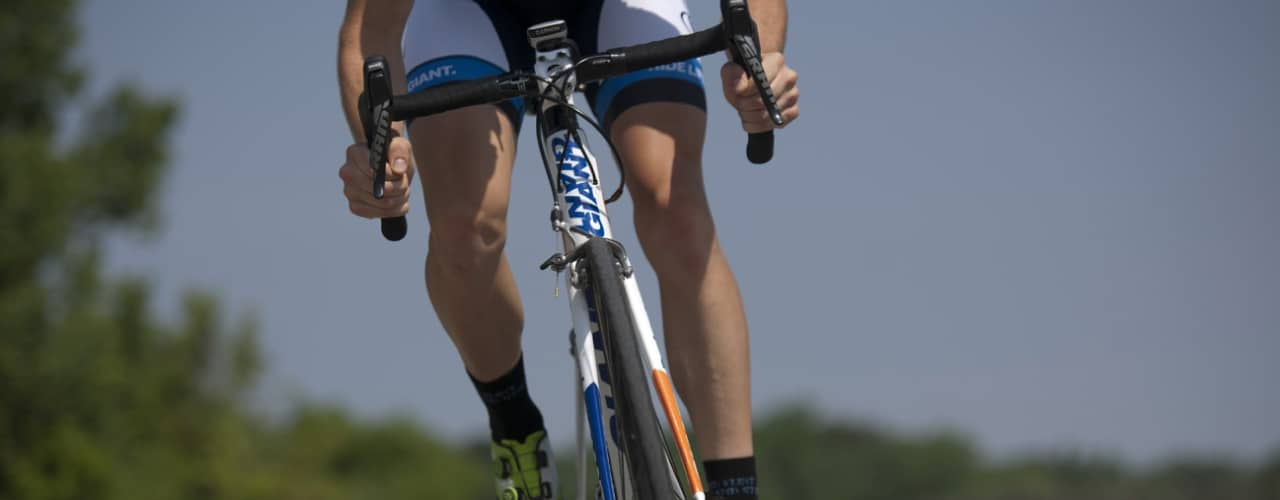Andrea Myers, PT, DPT is a former professional road racer and a current Category 1 in road and cyclocross. She is also a Bike Physical Therapist certified bike fitter. She is a multi-time CT state champion in the time trial and criterium as well as many top-10 placings in UCI (international-level) road races. She is well-known in the northeast for her knowledge and expertise in treating cyclists of all levels and disciplines.
There are four key factors Andrea considers when treating a cyclist:
- biomechanics
- muscle strength
- cardiovascular fitness
- bike fit
Biomechanics of the cyclist include the alignment of the pelvis and spine, leg length discrepancy, flexibility, joint range of motion, and neural mobility. Muscle strength and cardiovascular fitness include core stability, leg strength, upper body strength, power to weight ratio, and optimizing breathing on the bike. Bike fit is essential to assess when treating a cyclist who is experiencing pain during or after riding. A proper bike fit both accommodates any physiological deficiencies a person may have and teaches the cyclist proper posture, pedaling technique, and bike handling skills to allow the cyclist to fully utilize their strength and fitness.
Benefits of Physical Therapy for Cyclists
There are many benefits of physical therapy for cyclists, whether you are a racer or a recreational rider. The benefits include:
- Improvements in flexibility, joint range of motion, and spinal/pelvic alignment
- Increased core stability and leg/upper body strength
- Decreased pain caused by crashes, poor bike fit, or movement impairment syndromes
- Increased efficiency (lower perceived exertion at a given wattage) due to above strength and flexibility improvements
- Patients may be evaluated and treated without a doctor’s prescription depending on your insurance
Here is a case study of a road racer Andrea treated for chronic right hamstring pain that had been present for 1 year. The pain occurred while riding (worse when seated) and limited the patient’s power output. The pain came on gradually with no recent history of trauma. The pain was worse when riding or sitting. During a bike fit, there was noticeable wear on the inside of the right shoe from contact with the crank arm. At the physical therapy evaluation, the patient had bilateral sacroiliac joint (SI joint) dysfunction, poor spinal mobility, and positive nerve tissue tension in the left sciatic nerve causing HS spasm and tightness. Treatment for this patient included manual therapy to improve pelvic and spinal biomechanics and to improve neural mobility, exercises to strengthen the deep abdominal, spine, and hip musculature; and stretching for spine, hips, knees, and ankles. The patient reported significant improvement in pain and reported improved power and comfort on the bike. The patient was given a home exercise program in order to further improve on the gains in strength, stability, and flexibility.
To schedule an appointment for physical therapy for cycling with Andrea, please call the Carlson ProCare Connecticut office at (860)799-6320


